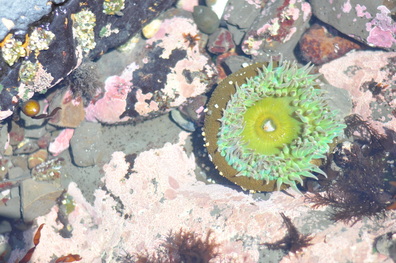 My housemates have been talking about the tide pools for years. At low tide, the ocean recedes back and reveals pools of life... and for a little while there's an opportunity to view sea life in its natural habitat. Low tide was around 11:30am (and it changes every day) on Saturday, and the location was filled with families exploring and having a great time discovering all kinds of things. We arrived and took our place, moving from pool to pool... and saw little hermit crabs, this incredible anenome (above), a starfish, and even some tiny eels! Out further along the rocks some harbor seals were resting on the rocks and taking naps. They might have been nesting; I'm not sure. A perimeter was marked off at the beach and officials were there to talk with people about the barrier and to give the big creatures their space. (look at photo #23 in the slideshow below... the white blobs out on the rocks are the seals!) It's the kind of place I wish I could share with everyone... but since the timing of visiting the beach of the Pacific Ocean at low tide might be difficult for some of you, I made a little video so you could see some of the ocean life crawling around in one of the tide pools, and also get a glimpse of the breathtaking view! And for some more fun, here's a slide show of some of the photos I took during our little mini-excursion: Current KnittingI *almost* don't want to talk about it. The sweater I've been working on is just a bit too small. I have put it aside for now to contemplate what to do. Do I rip it out and calculate a larger size for the pattern I like? Do I modify the pattern and eliminate the ribbing (which would probably solve the problem) or do I just start over... *think... *think... *think... Current SpinningI' had a lovely time spinning up some hand dyed top from Black Bunny Fibers that was part of the thank you gift I received for leading a workshop at the Men's Spring Knitting Retreat. It spun up wonderfully and I decided to make a two-ply yarn out of it. I'm SO happy with the final yarn. THANK YOU, Carol for being so supportive of the Men's Knitting Retreats!! now.... what should this yarn become?
I love the fair. For me, it's a reminder to get out, enjoy the beautiful weather, have some fun, indulge in deep fried EVERYTHING, and to visit and even learn a bit about animals. Over the weekend I joined my housemates on an adventure to the Sacramento County Fair - a few hours from San Francisco, it was a beautiful drive and arriving at the fair meant encountering the familiar sounds and smells of the fair! As a child the fair meant the midway - rides and games and prizes. I don't know if I have seen this before - these big bubbles have kids in them.. zipped up for a few minutes of "walking on water" - it looked like so much fun!! We stopped and watched them for a few minutes.. then on to more serious business. There's sheep at the fair, right? That means there's probably shearing.. and where there's shearing there's probably .... say it with me... 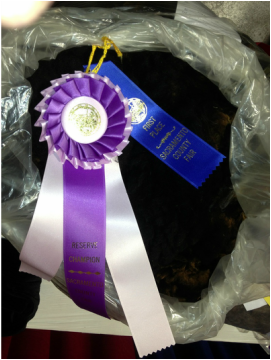 Fleece! (HOORAY!!) - John and I ventured into the exhibit hal and looked over the small-ish selection - it's nothing like the CA Wool and Fiber Festival, but still there was a nice variety of fibers represented. In the end, I selected a black medium corriedale ram lamb's fleece. It doesn't have a ton of debris in it, and the tips are a touch sunburned but it's not tender (according to the scorecard). Good uniformity and staple length of 4-1/2 - 5-1/2". It's also a blue ribbon winner and the reserve champion. What will it become? Hopefully yarn. I'm not going to give it an exact purpose yet... but my intention is to spin knitting or weaving yarn (2 or 3 ply) that can be worked up into something useful. Weaving would give me more material, I think... but first thing's first.. it's gotta get cleaned. 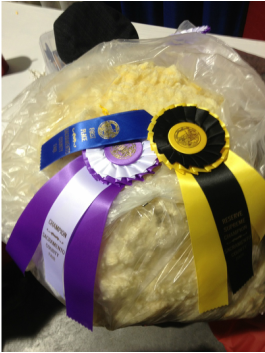 John bought another blue ribbon winner... a Dorset cross fleece from a ewe that has no sunburned tips. The scorecard on his says it's slightly yellow (and it is but not as much as shows in this photo). The staple length is around 4". We spent much of this weekend watching videos about spinning and fiber preparation while spinning different fibers. I think we're both excited about cleaning our fleeces and perhaps this coming weekend will bring the time needed to try this for the very first time. I don't know if he has specific plans for his fleece - my guess is he's like me... hopeful it'll become something beautiful but resigned to the fact that we've never done this before. BUT... the thing that gets me through these starts to new adventures is this: Folks have processed fleeces for thousands of years... and everyone had to start somewhere. So... that's where we are. What I did notice about this fair that was different from the others I've seen is that it has a tiny showing for fiber arts. A few quilts, a few handspun skeins of yarn... a decent amount of photography.. but overall it was a small representation of the talent in that area. I hope it's a fluke and that the fair will work more to show more pieces in coming years. OK Back to the animals. We went to the barns and checked out all the different critters... We saw cute bunnies... this little lop eared one was tooo adorable! ...and this guy has a fun hairdo! (and you know me.. I was wondering if I could spin his fur!) of course we saw sweet sheeps... there was an auction going on in the building while were there.. the selling of sheep for market and butchering always makes me a bit sad but I realize that it's how the business keeps moving... and moving the line along helps to produce more beautiful variations and new stock. It's just the nature of the business. This one happens to be a fleecie sheepie! I also think it's amazing that we can turn the fibers that grow out of a SHEEP (and other animals and plants too) and work them until they produce string or yarn and then weave, knit, crochet or even just felt them to produce fabric that's soft, beautiful and sturdy. While checking out all the different animals, we came upon these cute little babies! - I had to take a quick video to show. (the horse to the left never moved... it must be some strange miniature breed that sleeps with its eyes open!) What else did we see? Chickens... we also saw chickens!! ..and ducks...and a petting zoo... and old tractors... and a beekeeper's exhibit... there's so much to see and learn at the fair... from the exhibits to the shows... it's a great day out and worth the time invested with friends and family. Current Spinning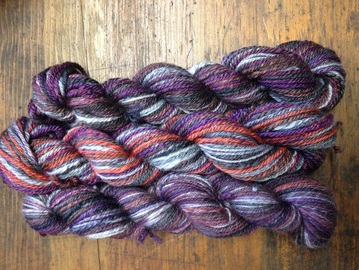 My Woolee Winder arrived last week and I've been spinning CONSTANTLY. I had one bobbin (2oz) of BFL/Silk 80/20 spun up from the Men's Spring Knitting Retreat. Once the winder came, I spun the second 2oz up and navajo plied each of them. I managed to spin and ply the third bobbin as well. I have 2oz left of this amazing fiber "Lunar Dance" (which I bough at A Touch of Twist) and I'll have fun spinning it up as well the same way. At first I thought I would ply two singles together since the colors were a bit different but then decided that a navajo ply (3ply) would be better. I'm happy with my decision... now. what should I make? Current Knitting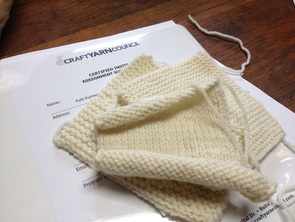 Here's some of it at least. I have unearthed the Craft Yarn Council's Certified Instructors Program from the depths of the studio - Level 1 is about 2/3 done and I just have swatches to knit and a some paperwork to complete. Over the weekend I was able to complete 3 of the swatches in addition to everything else I did and I will continue to press on. The swatches aren't difficult... they just take time and some real paying-attention when it comes to execution. These will be blocked, labeled, and included in the entire package. There'll be more about that later. Questions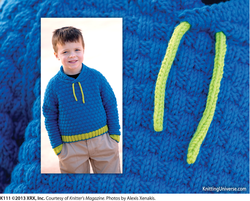 Justine emailed me over a year ago asking if I might be able to re-size the Corydon sweater (Knitters K106) to fit a child. I explained to her that once a pattern is sold to a magazine or book, the contract dictates what the designer can do. In this case, I contacted Knitter's Magazine to find out how we could answer and Rick suggested we re-size it as a kid's pattern and use it in an upcoming issue. What fun! So... a year later, Knitter's Magazine issue K111 has some classic patterns re-sized and re-styled to fit little ones. The model they used for my "Corydon Jr." is adorable! Since it was released I sent an update email to the Justine and she's very excited about the result. She tells me she's going to let her boys choose the colors for their sweaters and commented "should be an interesting result!" - I am looking forward to photos! 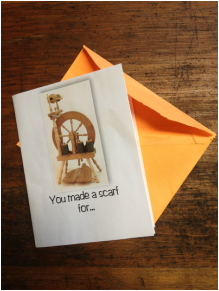 The Fiber to Scarf Exchange began a year ago at the Men's Spring Knitting Retreat. After seeing the fun reveal at last year's event, and having just purchased my first wheel, I signed up, eager to have a project to work on and a way to connect myself to the retreat during the year. The exchange works like this: Folks who are interested sign up and send fiber and a small amount of money to cover postage/etc. to the organizer. Once all the participants have submitted their fiber goodies, they're assigned a number by a person not involved in the exchange. Then, each fiber is shipped off to someone else! I signed up, mailed out fiber I purchased from Briar Rose, one of the generous retreat sponsors, and waited for my assignment. 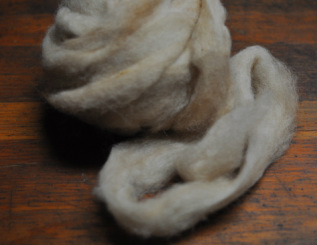 I received a package with a large amount of 70/30 Alpaca/Corriedale blend selected by the mystery guy in early August, 2012, and it got stored away. For a long time. Part of the reason it sat was the fault of (at the time) my unorganized studio. Having recently moved I was still sorting out what I wanted the space to be and that caused me to keep the project on hold. Finally I decided to just dive in. After all, there was a lot of this fiber and certainly enough to mess up if that were to happen.... so I weighed out a bit and tried spinning it. (and it was HEAVEN!) - The fiber was lovely and apart from a bit of vegetable matter, spun right into a light dk weight 2-ply yarn quite easily. The preparation was real, true roving - light, airy strips of fiber. The spinning was the easy part. I had a little sample I was happy with and that lived on my Sidekick and as I spun (worsted short draw) I'd audit my work and check to see if it was about the same thickness. Once I was comfortable and had a bobbin of 2-ply natural yarn completed, I spun up, I realized that I didn't want to make the scarf all this color. This fiber was simply BEGGING to be dyed... so I went to my studio and found a combination of brown, grey, green and caramel that made me smile. I dyed about 4 ounces of this fiber, split into two pieces and held side by side. Those rovings were each spun as singles then plied together. Once the fiber was all spun up, I hand wound it into balls. There's just something about working with handspun that makes me want to avoid the ball winder. Hand winding it allowed me to inspect the yarn and see how even (or not!) it was through the skein. I did some math to determine how large of a scarf I wanted to make and verified that I had enough of the warp yarn. (I could always spin more weft if needed but it'd be a shame to work so hard to end up with a short scarf!) 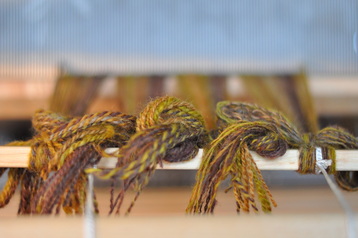 Time to warp the loom. Early one bright morning I found myself direct warping, carefully counting off the number of warps needed for the scarf. It takes a while to warp a loom. Getting all the yarns in the right heddles, double (and triple!) checking to make sure nothing is out of place. It's the prep work that makes for a beautiful finish. Once that was done, it was time to weave! 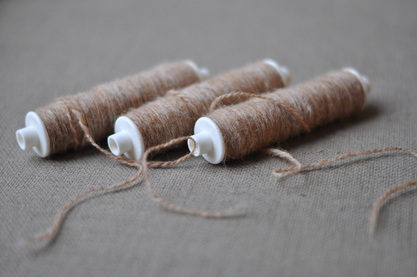 (Almost). The next step is to wind bobbins of weft yarn in preparation for weaving. I do this using an antique bobbin winder that came with my antique sock knitting machine. I began with 3 (but I think I ended up using 5 bobbins before the scarf was complete). The 2/2 twill pattern, by the way, is from the Handweaver's Pattern Directory by Anne Dixon. My warp is 20 WPI and I used a 10 dent heddle. When it was time to weave I started by evening out the spacing on my warp using a waste yarn. Then I begin weaving my pattern, following the pedal sequence in the warping diagram: 1, 2, 3, 4, 1, 2, 3, 4, 2, 1, 4, 3, 2, 1, 4, 3... over and over. (there's lots of pedaling when ya' weave) - and just like knitting, it's VERY important to finish a row (sequence) before you stop. this was a pretty simple pattern... I imagine it takes a while to find your place in a more complex one! Once a few rows have been completed, it's time to hemstitch. This is a way to secure the fabric at the start and end of the piece and it's a simple technique once you understand the order of movements. The same thing happens at the end of the work. By the way, I LOVE my golden needle. It's one of my favorite knitting tools and anyone who is curious about a good tool for finishing, I highly recommend this type of needle! The actual weaving isn't time consuming... it takes some concentration to keep the edges straight. Since I'm somewhat new to weaving I am certainly still learning. My favorite tip so far is the use of floating selvedges. Basically, these are additional yarn warp threads that are on the ends of your fabric and are used to keep the edges straight. For this project, everything seemed to be going fine until one side started getting wavy. I wasn't sure what was wrong (at first I thought it was just tension problems) and then saw yarns hanging off the side of my weaving and realized that my some of the yarns in my warp had broken! (eeek!!!) (no photos of the bad broken warps!!) - instead, here's a closeup of the pattern. After a quick meltdown I stopped, loosened my warp a bit, and carefully tied on a new warp to the broken one and re-attached it and tightened it up nice and even. That worked great for a while and I felt a bit proud, then a different one broke. EEEEEK!. No problem. I just fixed it again. The moral to THAT story is this: (and someone correct me if I'm wrong or you have a better solution) - when working with a handspun warp or a fiber that might be a bit more fragile than ideal, the floating selvedges could be made using a stronger thread. If I was to do this over I'd use some sort of strong thread in the selvedge of the scarf. In the end, though, I think it's a respectable scarf. I cut it off my loom, used my cute little fringe twister to make fringe (which, by the way, took around 2 hours!), then I soaked the entire piece in wool wash, spun it out, and hung it up to dry. Then, it came time to attach my label, fold it up, and pack it away in my suitcase to gift it to whoever it is that I made it for. Would I do this again? In a heartbeat. During the retreat we do a show-and-tell where the exchange items are shared with everyone. I didn't take photos of that part, nor did I photograph the scarf on its new owner, but feeling this experience go full circle - starting a year ago when I watched the giving of finished handspun scarves and ending with my presenting my very own creation to another creative guy - was rewarding. It was a fun project, and I'm pretty happy with the way it turned out, especially since it's the very first time I've spun fiber into yarn for a specific project. It's frustrating to not be specific about what I'm doing from time to time, but keeping projects secret is one cure of being a designer. As you can see, I've been working (off and on!) on this for a year... and I couldn't say a thing! For those on Ravelry, the final project can be viewed (and "loved") with THIS LINK. With that in mind, I decided that I need to work on more projects than just the ones for publication. I'm hoping in the next blog post (which should be more frequent as well!) I'll talk about some of my current knitting. That post will talk more about my first ever trip to New York City and some other highlights about the Men's Spring Knitting Retreat. 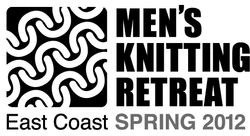 The 2012 Men's Spring Knitting Retreat is over and it's difficult (as it is always difficult!) to put into words how amazing the experience was. This year, 41 attendees made up the group, and we reconnected at the amazing Easton Mountain Retreat Center. It's a calm space where everyone is encouraged to relax and enjoy the beauty of nature while being surrounded by creative people. Recaps of these retreats end up being L-O-N-G and photo-heavy posts so I decided to attempt to divide it into 2 parts. Welcome to part one: a retreat review and ramblings about the "official" parts of the weekend. 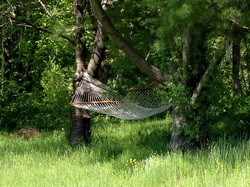 The hammock at Easton This year, I flew from San Francisco, CA to Albany, NY and met up with Aaron Bush. The retreat actually began Thursday afternoon, so we're going to fast forward past the "pre-show" and begin there. Driving to Easton Mountain is refreshing. It's back roads that go from striped and paved to simply paved... to gravel... to narrow and what a city-person might think should be only one-way. Returning to Easton for the retreat is a bit like coming "home". It's walking into the large gathering room and hearing people call my name. It's not having a chance to put my bag down before there's a group of guys waiting to give me a hug; excited and happy that we are about to share this experience. Returning to a Men's Knitting Retreat is seeing familiar faces, recognizing people that I may have never met, but recognize through their blogs, twitter feeds, and facebook posts, and they feel like old friends. It's re-uniting with people who, through fiber, have become a big part of my life. Arriving at Easton, we are greeted with Easton Mountain (in the background of the video below). The Center used to be a ski lodge and now it's just a beautiful space to retreat and relax. The sounds of nature are so different from those I hear waking up in San Francisco! I thought making a short video of walking down the driveway to the lake might help you understand how amazing and magical this place is. ...and here's a listen at the birds singing one morning during the retreat. It really was a "change of pace" that allowed us to all decompress, relax and recharge. During the retreat, we usually go on one field trip. This time, it was to Ewetopia Farm in Whitehall, NY. The drive through the beautiful country could have been outing enough, but turning into the driveway of Chris and Max Crossman was a true treat. Chris had set up a small shop with a selection of fibers and yarns for us to peruse, featuring her Cotswold sheep locks! It wasn't long before I started to explore the immediate area, taking photo after photo of this idyllic place! Here are a few of my favorites: We met one of the Rams and he was in LOVE with us because we all took turns scratching him on his back where he can't reach. (That's Farmer Max holding the lead to this sweet animal.) His fleece is beautiful and from what Chris said she is going to continue breeding him to hopefully get some more of his coat characteristics in the flock. I remember last time I was at the MSKR we visited Alpacas of Easton, and the owner was talking about phenotype and genotype and it made me smile since that was what had just been discussed in my Biology course. Years later, it wasn't a fluke. That same talk was being given at this sheep farm! Lesson here: If you want to be a success at raising fiber flocks, chances are you'll need to have a good understanding of these topics. In addition to the sheep, the Crossman's have a few horses and some adorable dogs! These two were beyond sweet. Leddie (on the left) is a bit of a guard dog and a BIG dog at that. She's standing on the road that leads to the farm's sugar shack! The other doggie was a fat old sweetie and just wanted its belly rubbed! (Click any of the smaller photos to enlarge them). See? I haven't even begun to talk about spinning or the workshops.... trying to explain what the retreat is like is a difficult process. It's seriously something that simply must be experienced. There were a number of workshops, and I was able to participate in two: learning how to spin (with Aaron Bush), and knitting and purling backwards (with Matthew Hesson-McInnis). The spinning workshop helped me continue to hone my skills as I learn more and more about my Sidekick wheel. Aaron was a gentle teacher, helping the guys wrangle fiber and spin it into yarn. I was able to offer a little guidance to my neighbors, and I think that at least one participant decided to purchase a wheel by the time he had returned home! Knitting and purling backwards with Matthew was more of a focused exercise. His instructional style is suprisingly gentle; asking the students to follow a few simple steps to really understand what happens when a stitch is made. With a little practice, we were all doing it! (Slowly, but we WERE doing it!) The technique will come in handy for ribbing or stockinette almost immediately. All it'll take is a bit of work to get faster at it but will be well worth it. Probably the biggest treat to attending these retreats is sitting outside, knitting, spinning, crocheting, and talking with new (and old) friends about ideas, experiences, techniques and, life in general. The world often gets in the way and we don't find time to take care of ourselves; these few recharging days allows for just that. It's rewarding, relaxing and inspirational to be at a Men's Knitting Retreat. We have a tag sale during the retreat where we offer special fibers, books, magazines and finished objects for sale to the other attendees. It's a chance for us to donate a percentage of the sale to a scholarship fund which helps some guys attend who otherwise couldn't. This year, Bill Jones from San Francisco hand-knit this AMAZING teddy bear and we put it out for silent auction. John Wise was the high bidder and the envied one who got to take this sweet bear home! (If you enlarge the photo, you can see the intarsia around the eyes and inside the ears where Bill used subtle color changes to highlight these spots.) Bill said that he plans to make one of these bears for each of the retreats. A visit to this part of the country would simply not be complete without a visit to the Ice Cream Man! They have been in business for nearly two decades and I can't imagine a trip to this area without visiting and getting a couple scoops of their amazing hand-crafted ice cream. We also got ice cream from the Ice Cream Man for movie night - where we all gather and knit/spin/weave/crochet our way through a movie (or two!) ...speaking of eating, the food at Easton is certainly worth mentioning. It's healthy, thoughtfully prepared, and, quite frankly, delicious. They are considerate of dietary needs and I never went without a full tummy while visiting. There's no soft drinks, so it was also a great opportunity to stop drinking so much Diet Coke! Gosh. There's so much to talk about - and even if I wrote 100 pages about the few days we were together, I'd still be leaving a lot out. Once more: It's impossible to express what this retreat means. It is an amazing experience and for those men who might want to find out what it's like to attend one of these retreats, there are a few coming up! Visit the Men's Knitting Retreat website to learn more. I'll be writing more in a few days; sharing about the excursions before the retreat including our visit to one of Aaron's favorite yarn shops and a fantastic local mill.
Siem Reap, CambodiaNext we headed to Siem Reap, Cambodia. I know a lot of people were a bit apprehensive about my traveling to Cambodia - mostly because of the problems they have had (they only recently ended a civil war and with the death of Pol Pot came freedom) - basically from 1976 - 1997 Cambodia was under the Khmer Rouge rule - and an estimated 1.7 - 2.5 million people were killed. The people are amazing here. Loving, smiling, and full of energy; working hard to re-capture their traditions. The first night in Cambodia, we went to dinner where a children's troupe performed first a shadow puppet show, then a series of traditional dance. The music is also performed by the children. I made a small video of one of the dances to show everyone what the traditional Khmer dance is like. The costumes were Thai in style, because traditional Khmer costumes would have been topless: To get prepared for the visit to this country, I read When Broken Glass Floats and learned the story of one family and their struggle during this time. I highly recommend this book to anyone interested in the human struggle and real life story of those who lived the horrors. I finished the book while in Siem Reap, and felt quite connected to the culture. This is the first place I have ever traveled that the people literally thanked us for visiting. They were genuinely grateful for our visit, our faith in their new freedoms and (let's be honest) our spending money there and investing in their economy. I was thanked from every tour guide, shop keeper, hotel attendant, driver... it made me feel really wonderful and welcomed to their country! While in Siem Reap, we visited around 10 of the thousands of ancient temples - places built around a thousand years ago with no cement or reinforcement; simply stone on top of stone. These temples were by far the most amazing thing I have witnessed - their sheer size - the moats surrounding some of them... the carvings were beyond description. I included a link to a youtube video showcasing the history of one of the temples, and it notes a few of the others as well. The slideshow of the temples is not in any particular order (sorry) - but watching through all of them you might be able to discern one temple from another. The original Hindu temples are multi-level, while the Buddhist temples are one level. It was an honor to get to walk through these true wonders! To see the rest of the segments of the above video featuring the temples of Cambodia, please visit this LINK. (it's very much worth the time!)Cambodian Landmine MuseumOne day we took a hour-long ride in a tuk-tuk to the Cambodian Landmine Museum. Created by Aki Ra, his mission has evolved from the de-mining of Cambodia to helping injured and orphaned youth with his school. We watched a video about how he responds to calls by villages to deactivate mines they discover, and saw through the exhibit the terrors of these devastating weapons. Thousands of deactivated mines are on display, and they even have some in a outdoor setting showing how hard it is to spot a mine. Honestly, if I hadn't known to look for mines, and stood for a while to scan the ground, I would have never noticed them and it was at that moment I realized how impossible the efforts to clean up the millions of remaining mines seems. I visited their gift shop and made a donation to the museum's relief fund. Palm SugarOn the road to the landmine museum (and a few of the temples), we saw stand after stand of villagers with these large metal pots boiling something; the steam billowing off and up into the sky. Upon closer inspection, we were educated on the process of creating my favorite Cambodian treat - palm sugar! Basically, village men climb up the palm tree and squeeze the cut buds to massage the nectar out. This drains into bamboo buckets that are then carefully carried down to be boiled in the metal pots. After a long time cooking, the melted sugar is poured into small rings made out of palm fronds and left to cool. The result is something similar to brown sugar, with caramel and butterscotch notes. We bought some of this and I have to say it was one of my favorite guilty pleasures in Cambodia! This sugar was unprocessed, chemical free, and seeing how it was made made it a real treat! Tonle Sap Lake Floating VillageWe took a boat adventure to Tonle Sap Lake's floating village. Chong Kneas is a village at the edge of the lake, and its location changes based on the migration of the lake itself. Around 20-30 minutes from Siem Reap, the trip took us past many houses on stilts, and white sheets that were hung out in the fields. I thought that perhaps they were bleaching the sheets, but a quick answer from the driver corrected my assumption. Crickets. The sheets are lit up at night, and the crickets jump to the white sheet, then fall to a trough full of water below and are trapped. These are a source of food for the villagers, or used as bait to catch fish. As soon as you enter the village, you’ll see rows of tourist boats docked closely together. You’ll also start smelling that fishy smell that seems to be present with river villages. One look at the water and you realize that it’s muddy muddy muddy. But such is life. People in the village still use it for cooking, drinking, washing and bathing. The floating village is rather small. After about 20 minutes of going slowly on the boat, you’ll reach the large Tonle Sap lake. On the way there, however, you’ll see many interesting sights. As we were being informed about the village and the residents, one of the many boats approached the side of our boat, and a small (maybe 3 year old) boy popped his head up over the edge of our craft. His mother begged for money while he smiled, then jumped back into his boat to get his pet. Wrapping it around his neck, he assumed his position at the edge of our boat again. All this time, my friend Chuck was sitting with his back to the experience - so I calmly told him... "I don't want to alarm you but behind you is a baby with a snake!" It was quite the surreal experience to say the least. The villagers are poor, but seem pretty happy. We saw a crocodile farm while there, and I got a few gifts for friends back in the states. Pottery PlaceWe were lucky enough to spend an afternoon at the Angkor Pottery Center, managed by Hann Paruth - I tried my hand (foot) at a Khmer kick wheel and (thanks to Melody Cooper, my Woodland Hills, CA ceramics instructor) made a respectable bowl. We heard her story and some of the history of the Khmer artists who were all but obliterated during the previous years. I'd provide a website for her but alas, there is no website. I did take a lot of photos... what I didn't do was make any video during the visit to the pottery center. I found this wonderful youtube video from another visitor earlier in 2010 and wanted to share it... Hann Paruth was a wonderful host - she goes into some detail about where the clay is from and through this video you'll see some of the in process works she is doing. Pay attention to the Khmer kick wheel - it's not as difficult as you'd think.... If you ever find yourself in Siem Reap, it is imperative that you visit her pottery studio! Silk FarmThe silk farm was a wonderful educational experience that taught us the process of how silk is made. From the life cycle of the silk worm to the reeling of silk, to the dyeing, and weaving, the process is labor intensive. The most amazing style is ikat, where the weft (the fibers that go from right to left on the loom) are dyed in an intricate process. Here is a video from youtube (not from the place we visited; note it's in Thailand!) that explains ikat silk weaving. Spend the 5 minutes watching this video to have an idea of what the process is like: OK, back to the silk farm! We took a short ride to this place, part of the Artisans d'Angkor NGO - they are working to preserve and restore the arts and crafts of the Khmer people. At the end of the tour, we were able to purchase items made by these artisans. HERE you can see some of the items for sale - they were quite reasonable and every item was beautifully crafted. I didn't do any filming at the silk factory - I was too enamored with the process and so busy taking photos I forgot! Here's a video from youtube showing the actual farm we visited - witnesing the artistry and steps involves made me have a new appreciation for handwoven silk!! Artisans d'AngkorThe same NGO that trains the weavers also trains sculpters, metalsmiths and painters. The women who are taught silk painting are deaf and mute, and all the artist students come from villages where they would otherwise have no training (or future). They are brought to the school where they apprentice and learn their specific craft. After months of study, they eventually return to their village with materials to continue their work. These items are sold by the NGO and the artist makes money... it's a wonderful arrangement saving a culture that would have otherwise disappeared. Koh Phi Phi, ThailandResort / Island LifeThe island is a true paradise. There are only a handful of resorts in the area we stayed. There are NO roads (OK, there are pathways) and no cars - no trucks. The only real transportation is boat, tractor or golf cart. People smile here, the air is soft and light and salty, and it's one of the few places in the world where I don't see a huge pidgeon infestation! We slept pretty well, although the beds at each hotel were pretty darn firm - and each day it was a wonderful feeling to think the only thing I had to do was get up, brush my teeth, put on my swim trunks and go sit by the pool. I have said before I loved this trip - but really - really - hear me when I say - I LOVED this trip! SnorkelingOK. Truth be told, I was very excited about snorkling. The ocean was warm and clear, and despite my fear of stepping on glass or something else that would rip a crater in my foot, it was an adventure I was ready to experience. We went on our first snorkling adventure one day near bamboo island and mosquito island; about 20 minutes by longtail boat away from Koh Phi Phi. We climbed into the ocean carefully after putting on our snorkel goggles and fins. For a few moments I was OK - looking around at the ocean floor, and immediately I saw schools of yellow fish! Beautiful tropical fish that made me smile! It only took 2 minutes or less before I saw a jellyfish. These things scare me because they sting (and some kinds can really injure a person, even kill them)! I panicked because I couldn't get turned around and to the boat - and I was afraid that I was going to swim into another one... After taking a few breaths and talking myself out of the nervous breakdown I was having, I found my way to the boat, climbed in and realized that the temple on the left side of my head was STINGING. I guess in my swim at some point, I had actually encountered a jellyfish - (the spot stung for a few days!) John and Chuck spent a while snorkling and I watched from the boat. We ended up snorkling one more time during our trip - in a small cove where I could stand on the reef if I needed to, and where it didn't feel like I was going to float away from the boat. We spent an hour or so in this quiet little spot, feeding the fish, and marveling in the awesome beauty of the life in the water. It was a real treat to get to snorkel and not be terrified. Who knows if I'l ever be over my small fear of the ocean and snorkeling - but the second snorkel adventure on this trip definately gave me some good memories of the sport, and might even be enough to talk me into trying it again sometime! Christmas on Koh Phi PhiThere was a Christmas tree farm on Koh Phi Phi! (OK, it wasn't a tree farm - it was more like the landscape area for the resort we were staying in, but Chuck and I decided to make the best of it - and found a plant there and brought it to our room). We decorated the tree and surrounding area with shells and flowers, cut a paper snowflake for the top of the tree out of the coasters in the room, and wrapped up some small gifts we had gotten for each other using whatever we could find. It was a "figure it out" kind of holiday, and it made me think of those who get creative using what they have to be festive instead of buying all the decorations and other things that make the holiday commercial. It was one of the best holidays I have ever had - spending time with my wonderful friends, and being allowed the opportunity to sit back and really spend time to think of how very very lucky I am to have amazing people in my life. I have been fortunate (even though sometimes it didn't feel like it) and never went a day without eating, have always had a soft place to sleep, and have been brought up in a country where for the most part I can be whatever I want... Christmas was different than usual for me this year, for many reasons. It was a different season than I expect for the holiday, I was in Southeast Asia, and I had recently made some big changes in my life. The trip allowed me to reflect on what I had been doing and where I was going... and what I realized is that we are alive for a relatively short time - the days are numbered, and if you are interested in doing something, you should just dive in and do it. That being said, since our return, I have designed 3 hat patterns, I have completed a number of knit items, and I am working on a few writing projects as well. I have registered for classes at the local city college, discovered (and signed up for) a free tapestry class, and even been accepted into the HIV counselor training program by AIDS Health Project! Things are moving along these first few weeks of 2011 - and I am certain that the year will be full of good things! Coming HomeTo get off the island, we chartered a speedboat to take us the 45km to Phuket, where we were to take a taxi to the airport. John did the arrangements, and had us leave the island 30 minutes or so earlier than the hotel recommended, so that we would have plenty of time at the airport before our flight to Bangkok later that day. We boarded our boat 45 minutes or so before the hotel suggested time, and bid farewell to our island home.
Or so we thought. The driver brought us to the other side of the island (the more commercial side that reminded me a lot of what it might be like if it were spring break) and parked the boat... they told us that they needed to get something and they'd only be a moment. About 20 minutes later we were trying to figure out what the captain of the boat needed (he had brought a jug from the boat with him) - and it turns out that he RAN OUT OF GAS! - lucky for us we weren't in the middle of the ocean, right?! About 30 minutes later the other escort who was accompanying us to our destination finally reached another boat and we changed from one boat to another and started our trip to Phuket. This should be the end of the frustrations, right? As we are speeding along, we hear some sputtering and choking of the engine - we have been boating right along at a good pace - and we are within site of Phuket and the bay where we are to dock and get our taxi when the engine shuts off. The captain and the escort talk to each other, hop back and forth and fiddle with the engine - guess what? We are out of gas. Again. (Seriously? twice in one day? On the way to the airport? Is this really how our amazing vacation is going to end?!) - Anyway, the captain nurses the boat to a dock (not the right dock) and we do get to a taxi who tells us we are about 40 minutes away from the airport. We are also exactly 40 minutes from the cutoff time to check our bags for the flight to Bangkok! The driver does his best to get us to the airport (slowing down the 3 times he answers his cell phone while driving) - and in the end, we arrived at the ticket counter to find out our flight had been delayed. We made it just fine to Bangkok, where we stayed the night at an airport hotel. The next morning, we got up WAY too early, trodded through the security and found our way to our flight home to Tokyo then San Francisco. The flights were uneventful and long. I am now happy to be home, settled into the start of my new life here in San Francisco, and looking forward to the adventures I will have here in this amazing city! Thank you for taking time to read about the trip - I hope that it was as fun for you as it was for me to share! Happy New Year everyone! I apologize for the big lapse between posts - but the latest delay comes with good reason. Before I begin I want to note that I do have some knitting content to share but needs its own posts. Those will come shortly after the trip recap is published. I was out of town from December 9 - 30, 2010 traveling Southeast Asia with 2 of my good friends! We visited Thailand and Cambodia over the almost 3 week trip and I came back with literally thousands of photographs, more inspiration than I can explain, and a refreshed outlook on life, seeing how others live firsthand in other parts of the world. Because of the sheer volume of photos from this trip I decided instead of showing each individual photos from the trip that I would just speak in general about some highlights. This will also be a two-part post because it's just so much information to read and share, I think giving you a break in reading might make it easier to digest. (I also want to get part 1 out ASAP so that people can relish in the warm heat of Southeast Asia while it's chilly and wintery at home!) Enjoy the trip! Bangkok, ThailandWats in BangkokBefore I went to Bangkok, all I knew about it was the sont "One Night In Bangkok" - I thought it was seedy, racy, and full of bars with back rooms that featured strippers or worse... When we arrived, I was pleasantly surprised to find a beautiful bustling city full of culture and history! We stayed on the river in a beautiful hotel, and took a water taxi almost everywhere we went! I have lots of favorite things to mention about Bangkok, but one of my favorites would be the wats - or Buddhist temples. We went to a lot of them, including Wat Pho, the home of the huge reclining Buddha. We saw the Emerald Buddha as well (it's one of the most important Buddhas in the history of the religion). I also really appreciated that the wats were almost all being renovated or restored... go through a doorway and there's an artist lacquering a giant centuries old Buddha image - through another doorway or around a corner in a different wat and someone is restoring a mural... the preservation efforts made me smile. I like when people do their best to preserve amazing spaces such as these! Enjoy a few of the photos I took while visiting these amazing spaces: Jim Thompson's HouseWe had a wonderful adventure at Jim Thompson's House - after the adventure trying to find it, we were led on a tour of what was his home (he took a number of traditional Thai houses and reassembled them to make one large home with two outbuildings - one for his gardener and the other was for his housekeeper. Jim went on an excursion in the Cameron highlandsin Malaysia in 1967 and never returned - his house is now a museum showcasing this brilliant businessman and his passion for the silk industry. He's the guy who revitalized the Thai silk world, and his name still hangs on shops around the world. I thought about buying a bag from the Jim Thompson shop, but decided that I have many bags as it is, and that the photographs and experience of being in this place were enough souveniers. There was also a small museum at the property, and theyon exhibit some of the silk items from one of Jim's collections. I really liked some of the fashions, but have no idea where I'd wear a fancy silk long coat like the one in the show... We were not allowed to photograph inside the home (except in certain areas) so I can only offer you these peeks into the world of Jim Thompson: Markets, Waterways and Streets of BangkokBangkok is a land full of sights and smells - there are markets everywhere you turn (but no yarn shops that we could find!) and commodities are divided into areas... if you want car parts, you head to that area of town. Need a new rubber stamp or embosser for your business? There's probably a street for that as well... Everywhere you go in Thailand (and Cambodia) in the big cities, the way to get around quickly is by a little two stroke engine motorcycle with a cart behind it - they call this a Tuk-Tuk. They are cheap and they are everywhere! On one of the days, Chuck and I took a field trip to try to find a certain area of town, and while searching came across the flower market - this is where they make the floral adornments for the temples and Buddha's. Here are some of my favorite photos showing daily life in Bangkok, Thailand: Monk Bowl Village, BangkokAfter our long walking journey through the city, we were starting to get a little frustrated. When visiting a country, it's good to have a guide or someone who can read the language. I'm not ashamed to say that Thai (and other languages like Chinese, Japanese, Korean, etc.) when written, make absolutely no sense to me! This can be problematic when you're looking for a place and the only way to find it is to follow Thai street signs. Chuck and I were really at the end of our rope, and stopped at a corner to examine our tourist map to see if we could figure out which direction was which... when a lady approached Chuck and asked where we were trying to go... (most people there are eager to help you find your way, which is nice) - we explained we were looking for a certain Wat that sells Monk Bowls. Monk bowls are used by Thai monks to collect alms in town each morning--being pounded into shape out of eight strips of steel, one for each stage of the Buddhists' eightfold path. She told us that the village was just down the street we had stopped at - and pointed the way to where we really wanted to go; monk bowl village! As we got closer, we were greeted by the ambassador of Monk Bowl Village - one of the residents who speaks great English - he showed us to the "store" (it was no more than a pile of bowls and a glass case) - We pondered the bowls, but I wanted to see where they were made. He obliged, and took us on a tour of their village - and eveywhere we went, we heard "tap tap tap"... That metallic tap you hear is the sound of the bowls being smashed into shape by the artists. The village was cute, and everyone seemed happy there... they are very poor people, but they do good work making something that they love - we were impressed by their work - it would take an artist one full day to make a bowl. Chuck and I each bought one bowl (about U.S. $30) and they are proudly displayed on a shelf at home in San Francisco now. When I brought my bowl back to the hotel, one of the hotel porters warned me that it was more than a souvenier. The bowls are sacred, and should never be put on the ground. I promised him I'd safeguard this bowl, and I'm honored to have it as a momento from this amazing adventure. Here are photos from Monk Bowl Village: Are you hanging in there with me? I told you - it's a long trip! I hope you're enjoying the 5 day adventure in Bangkok, Thailand. Stay tuned; I will be posting a part 2 to this trip, featuring 7 days in Siem Reap, Cambodia, and 7 more on the beautiful island of Koh Phi Phi, Thailand!
|
Archives
July 2023
Categories
All
|
ExploreFor Fun
|
Support |
Connect |
© 2006-2023 Kyle William. All Rights Reserved.

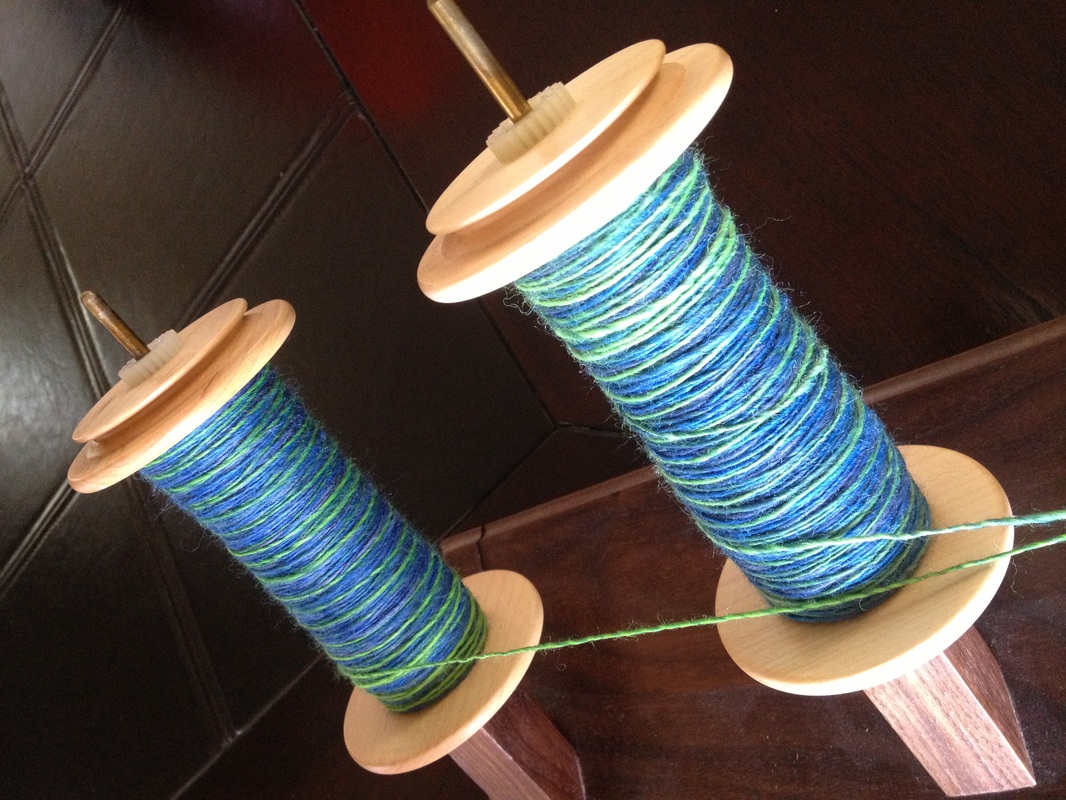
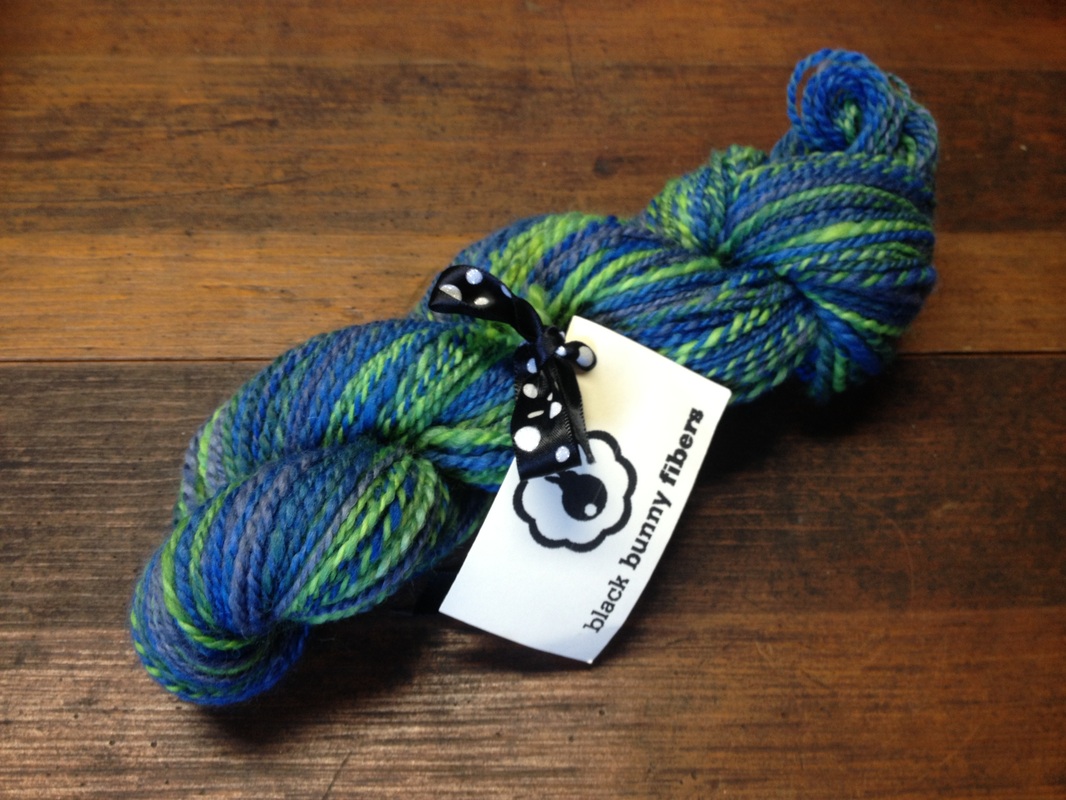

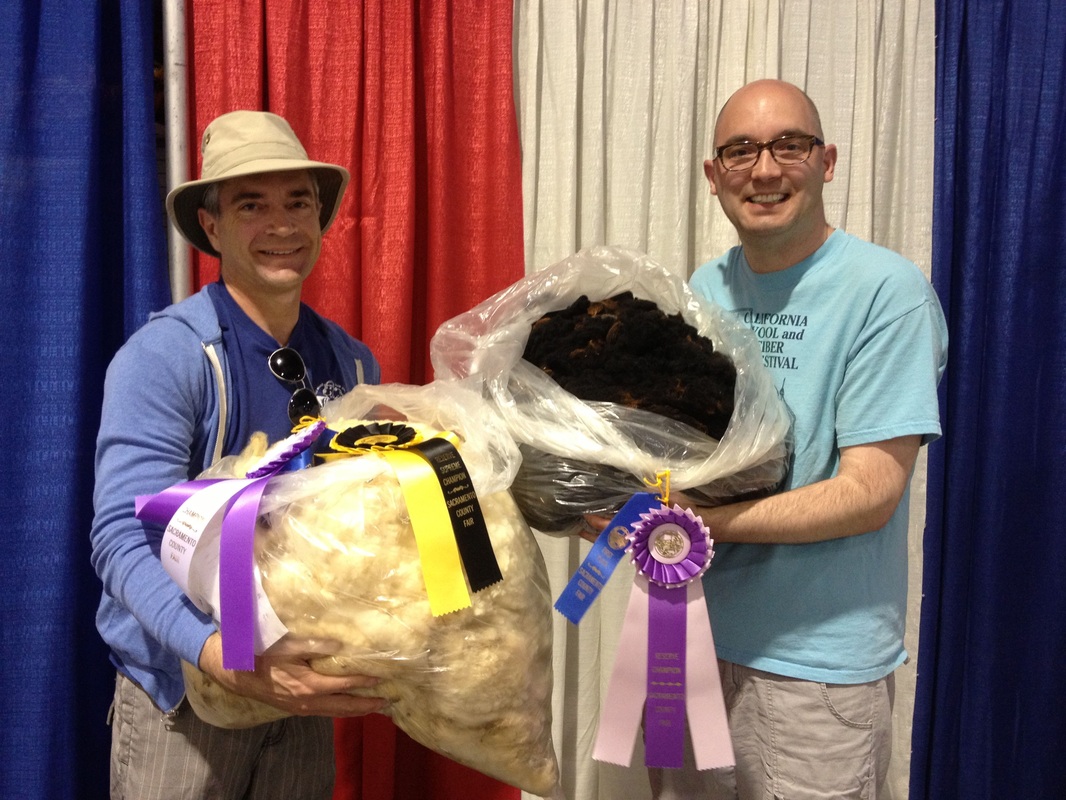

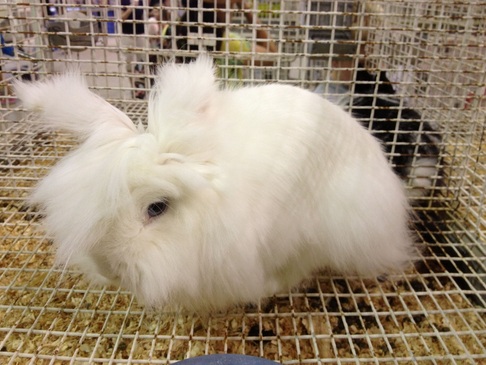
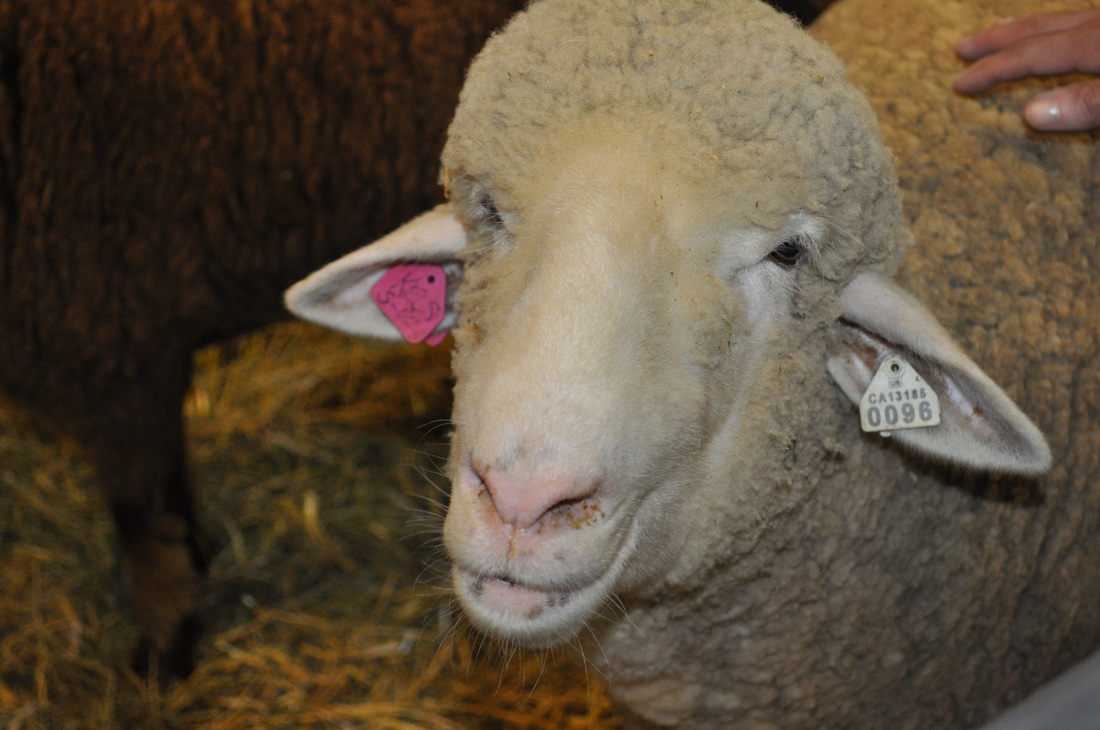
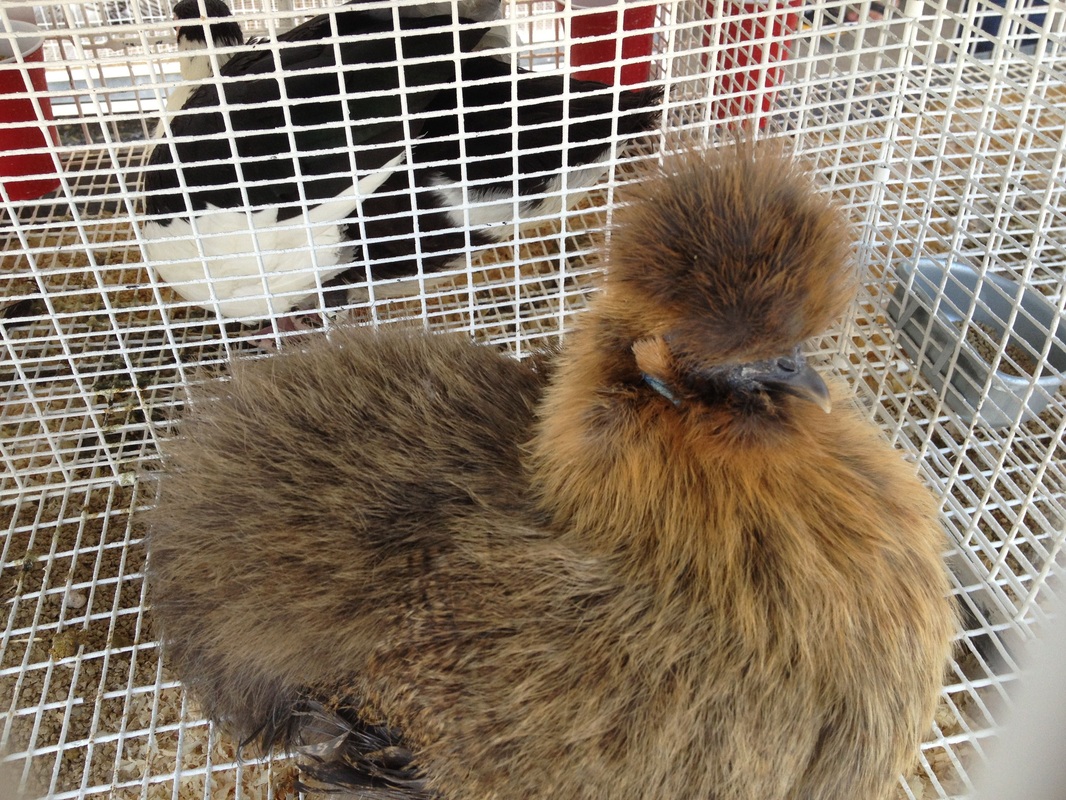
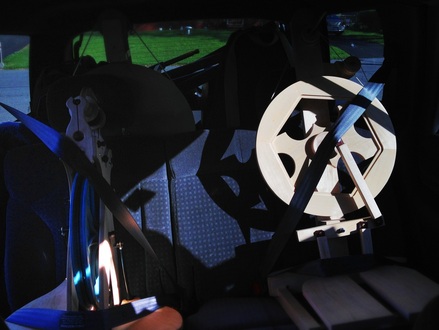
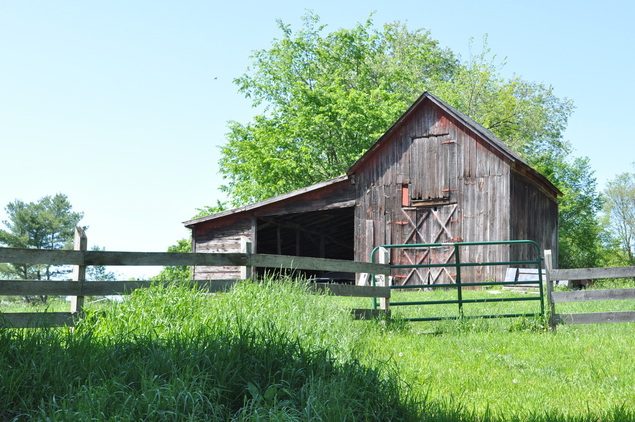
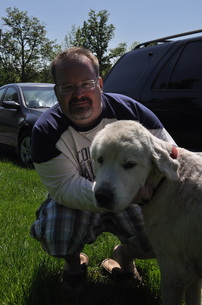
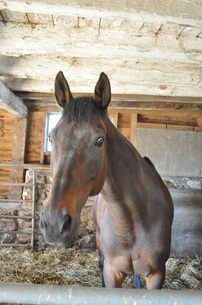
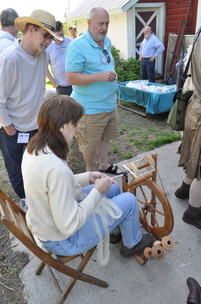
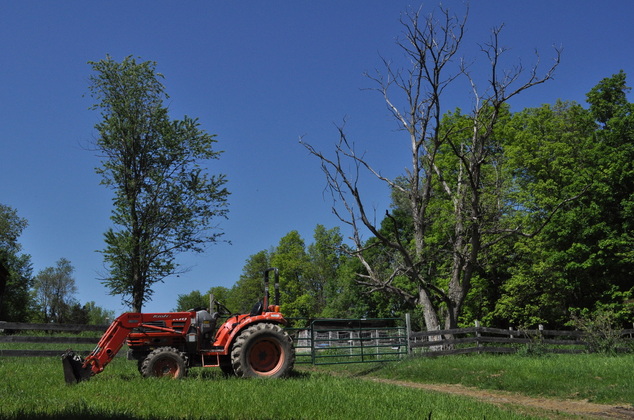
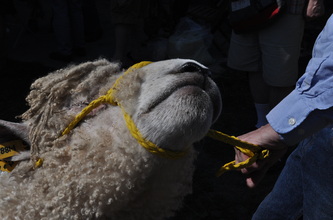
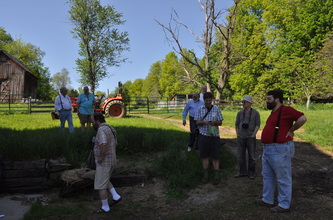
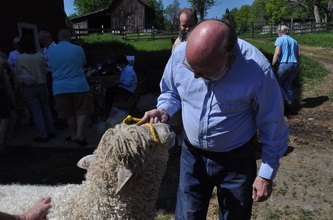
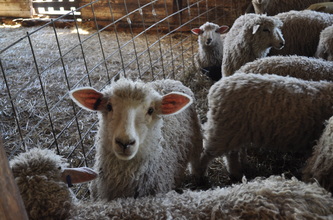
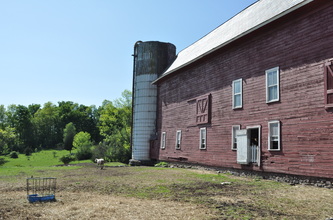
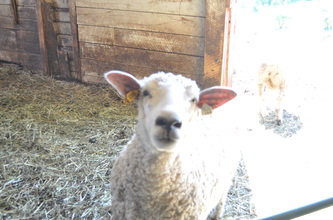
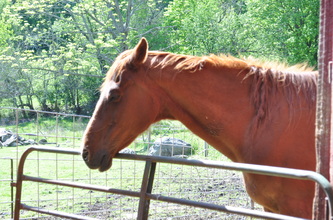
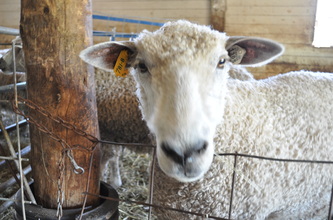
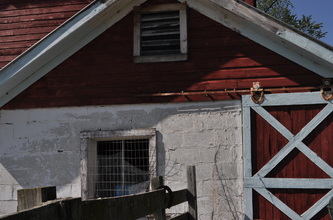
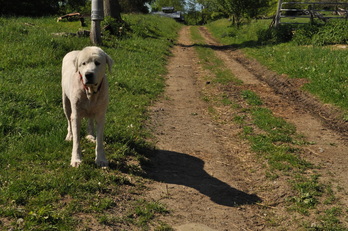
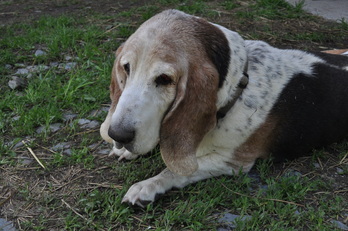
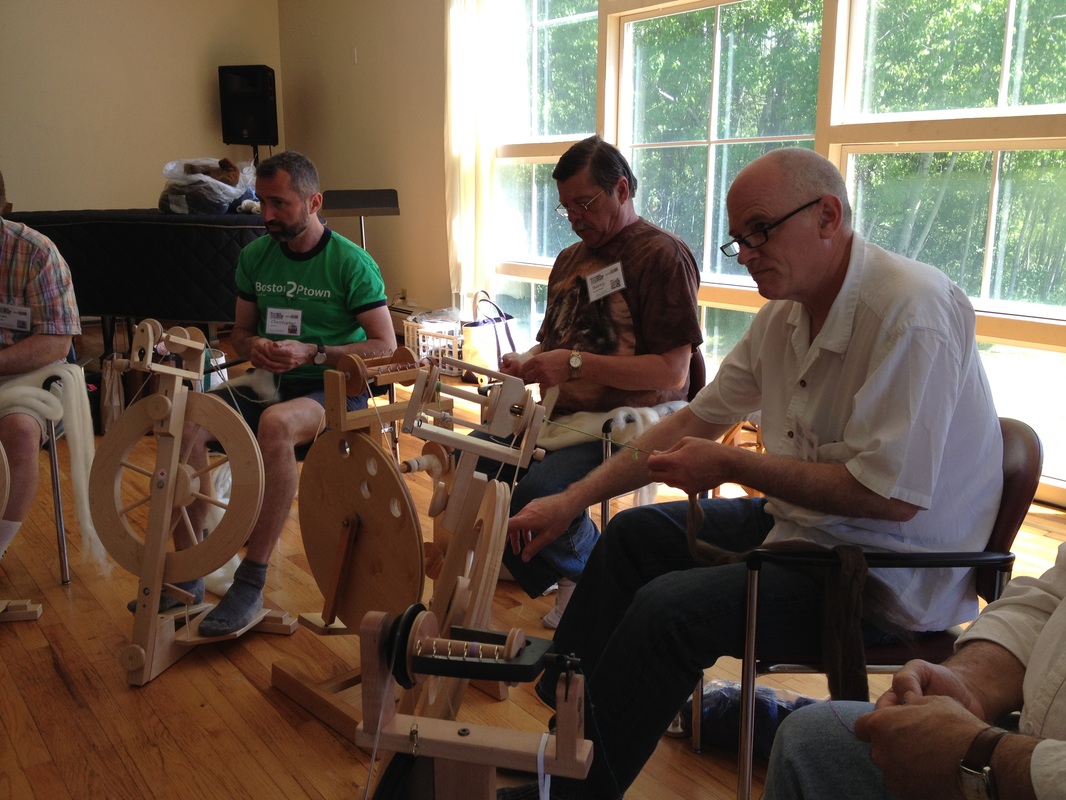
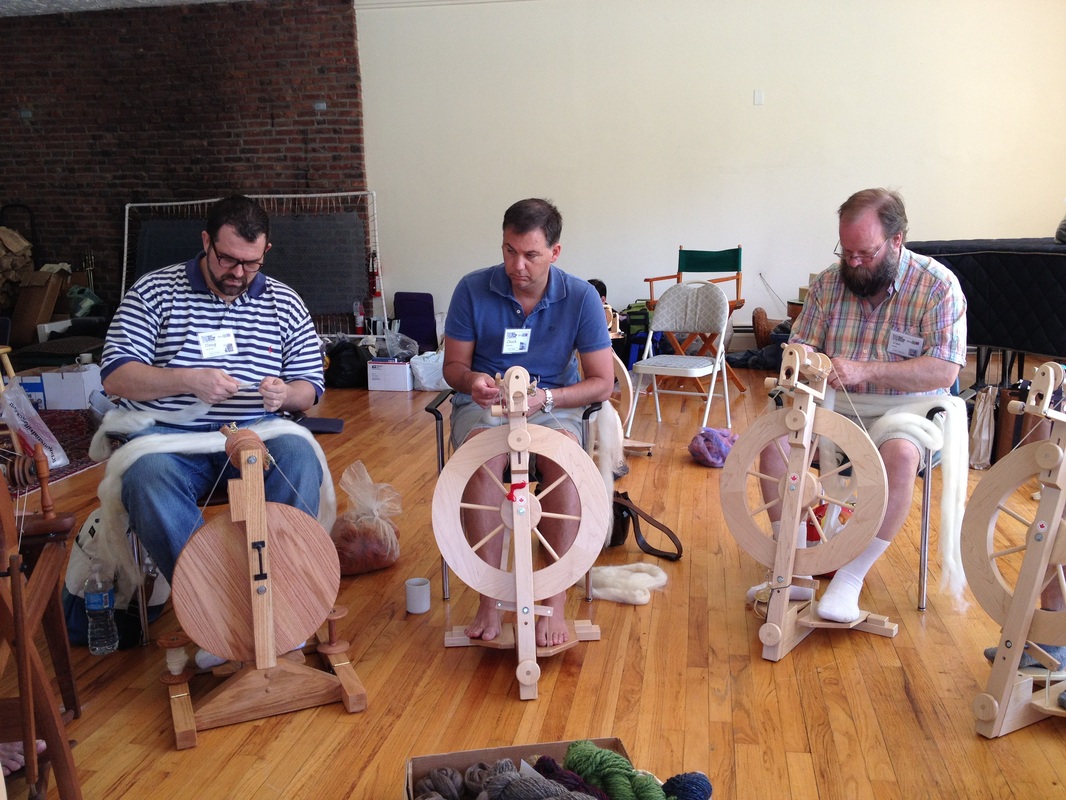
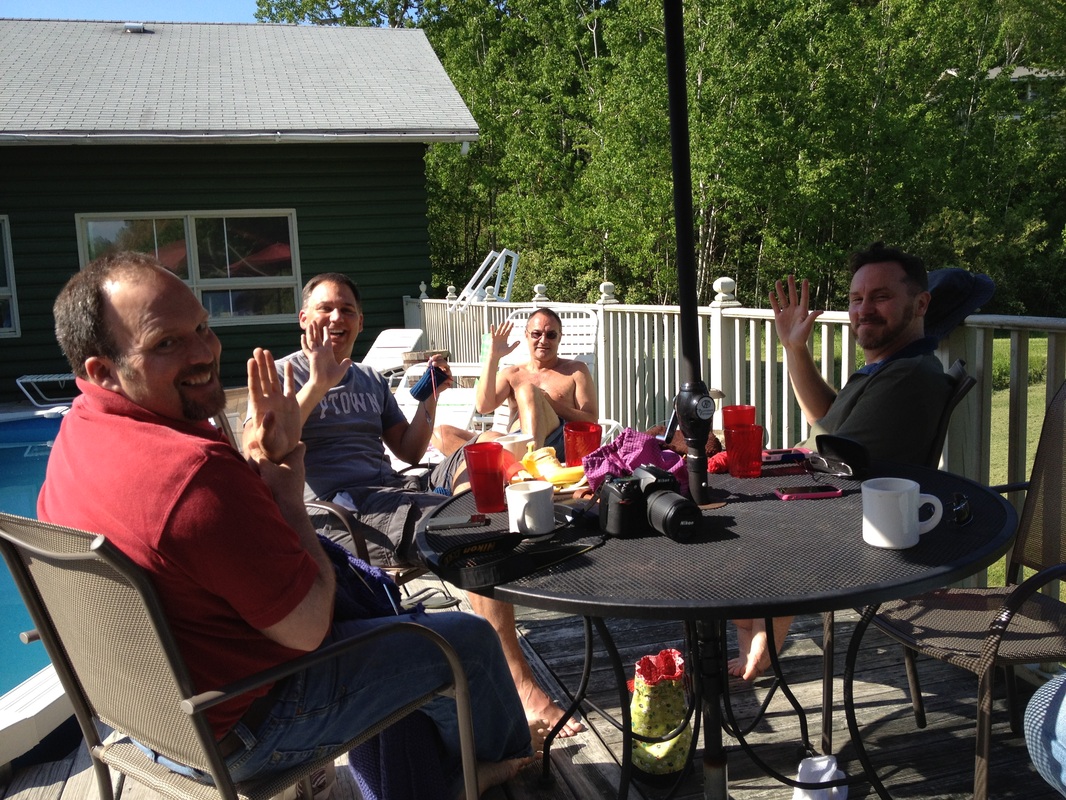

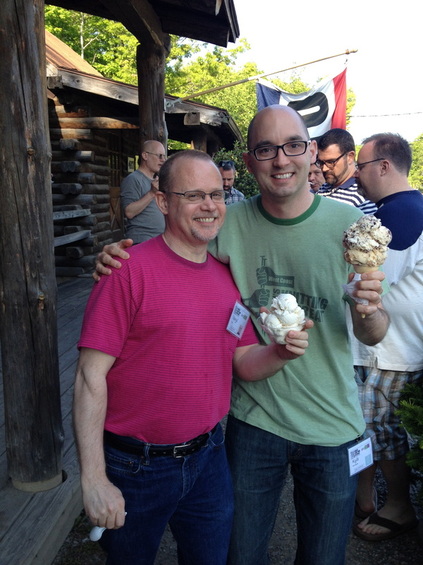
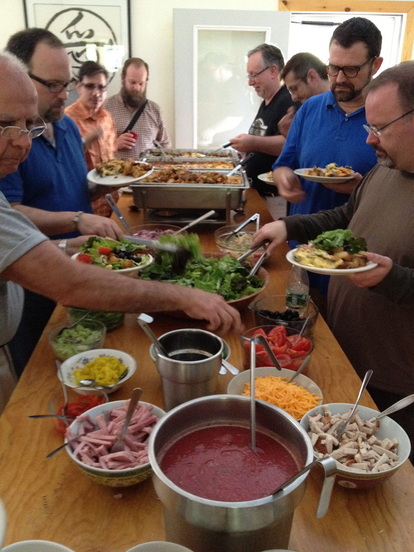
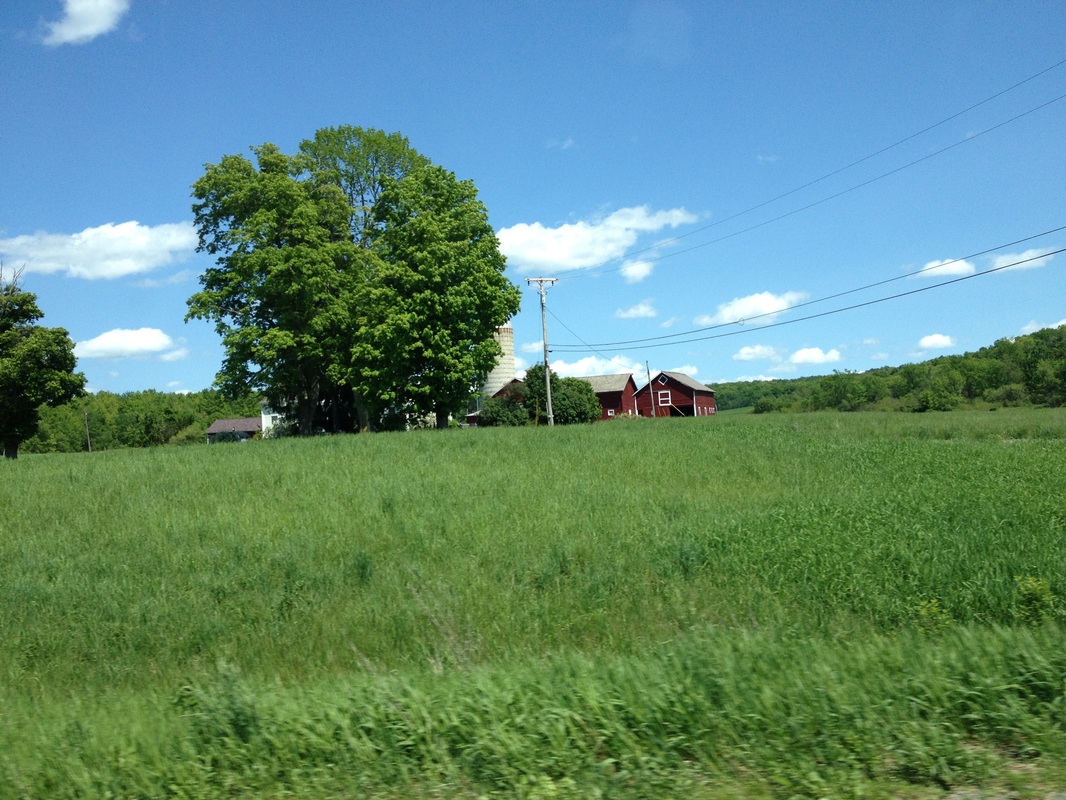
 RSS Feed
RSS Feed
